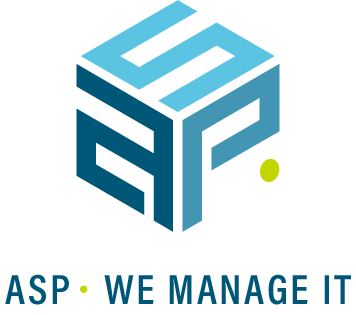Implementing ITSM with ASP on ServiceNow in 15 days, it is possible!
A couple of years ago, ASP was looking for its own ITSM to better serve its customers. After analysis of multiple vendors and their solutions, the choice for ServiceNow was carefully made. A platform that would allow us to improve our Service Levels for both our internal users and external customers. We’ve learned a lot from our own implementation and we decided to put in place a business unit around ServiceNow, as we not only have the experience of ServiceNow, but we also have an extensive operational experience in managing infrastructure. ASP became an implementation partner for ServiceNow on the Belgian market.
ITSM solution implemented in only 15 days for our client
Recently we implemented the ITSM solution for one of our customers in 15 days. Do you think it’s impossible within such a short period of time? Well, it’s not! Today, this client in the healthcare runs his Service Desk on the ServiceNow platform. It means that any user can now report an incident to the IT team for a fast resolution of it, even better this resolution can be shared with other people encountering the same issue to increase their satisfaction (knowledge management). The IT team can now track any asset (not only IT), they know where assets are and who makes use of them.

Our methodology is very down-to-earth: make use of our Best Practices, adapt to your needs what must be adapted and afterwards continuously evolve as you go and gain maturity.
One of the big advantages of the ServiceNow platform is that it provides a lot of out of the box functionalities, based on ITIL best practices. The main effort is to adapt the platform to the specific requirements from your business. Pitfall however is that the ease with which you can do changes on the platform that eventually creates chaos. So clearly document and reflect on the processes (functional analysis).
The key to success is to put the focus on three fundamental processes:
- Definition of CMDB
- What are my Configuration Items and their attributes?
- Incident management
- What is the full life cycle of an incident?
- Definition of the Service catalog
- What services do I offer to my end-users?
After definition of these processes, ASP was capable to put in production an ITSM solution used by almost 350 people.

The customer can now really manage all incidents, all defined Service Requests are available via a portal, and can be traced, as can the different types of assets. Of course, every process has its reporting, giving (senior) management a view on how well ICT performs, and which departments consume what assets., what is in stock, and so on.

As the processes are used, the environment matures, and more services can be made available for the users. Currently, ASP works with the customer to integrate non ICT related incidents (Facilities) on the same platform. Next steps in the project are the implementation of new processes such as Change management and Problem management.
15 days were sufficient to get the platform operational, the initial processes defined and implemented. The customer and his users have a complete new experience, ICT is now seen as a business partner. Who said Service Management had to be difficult?
Want to know more? Do not hesitate to get in touch with us.


